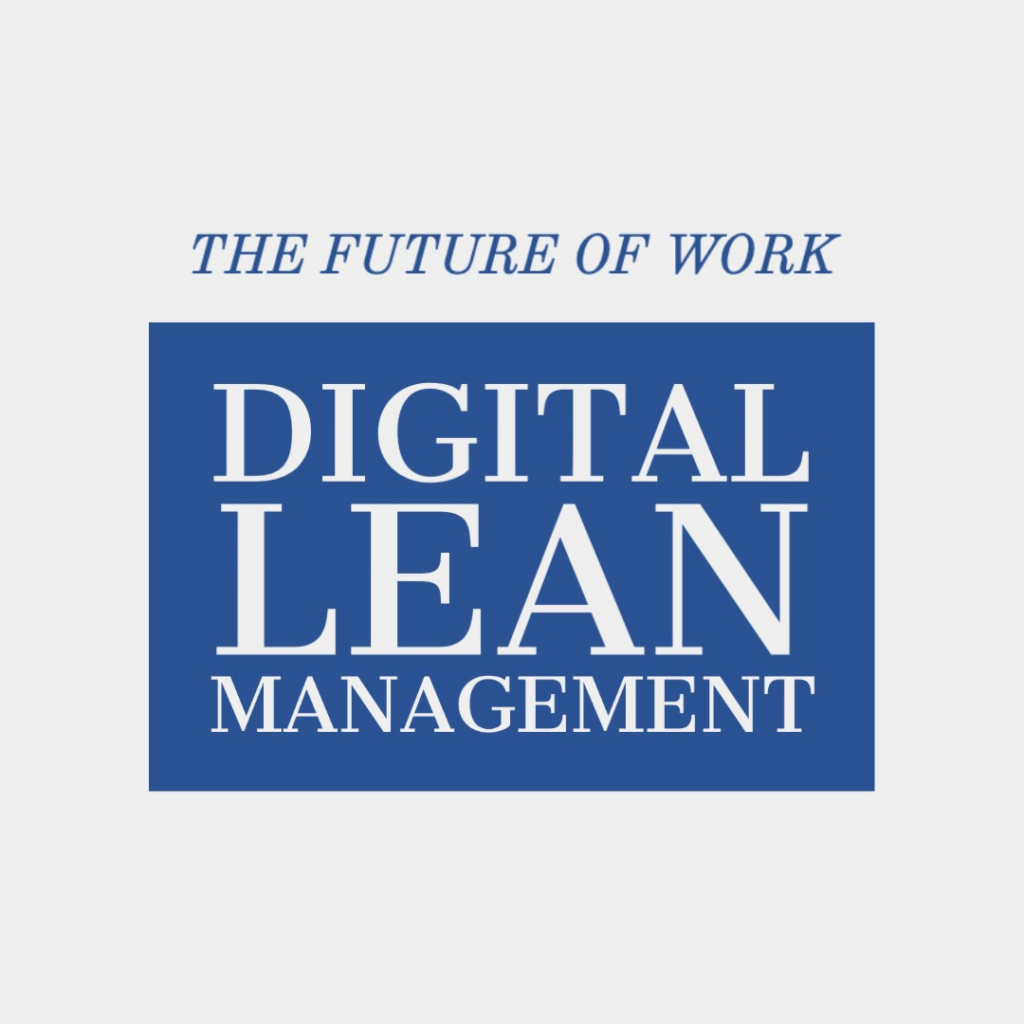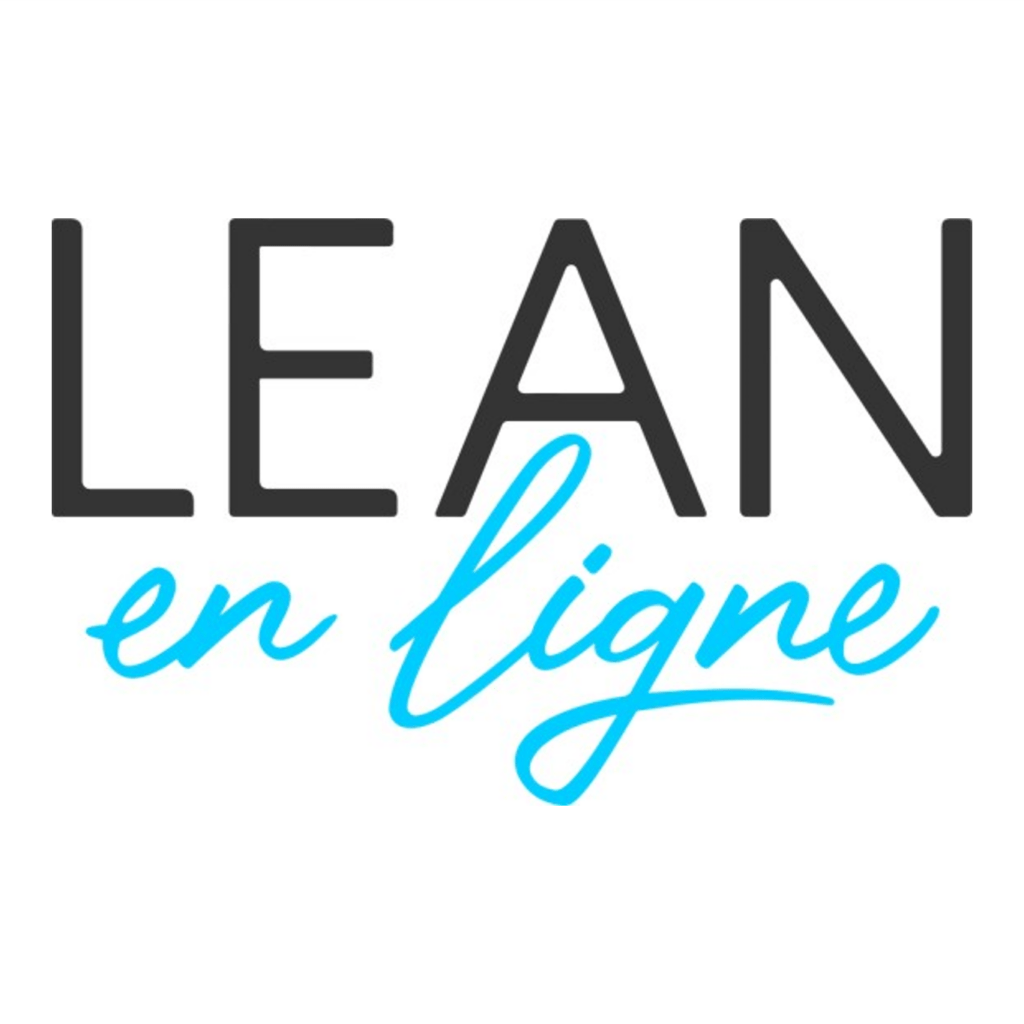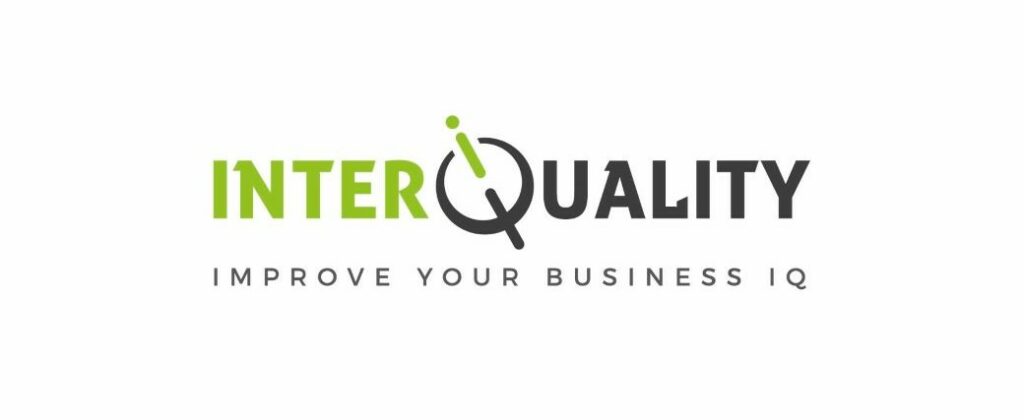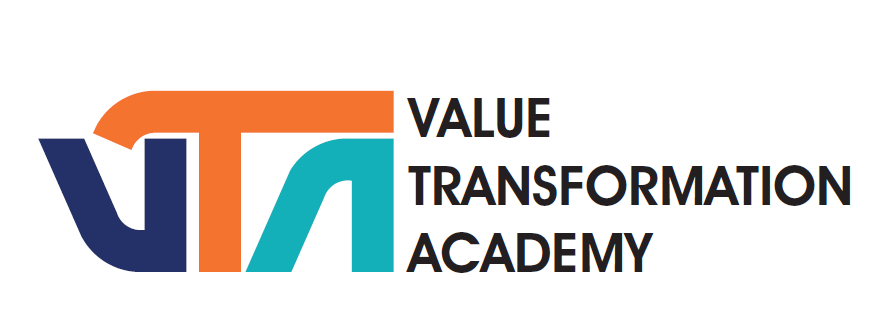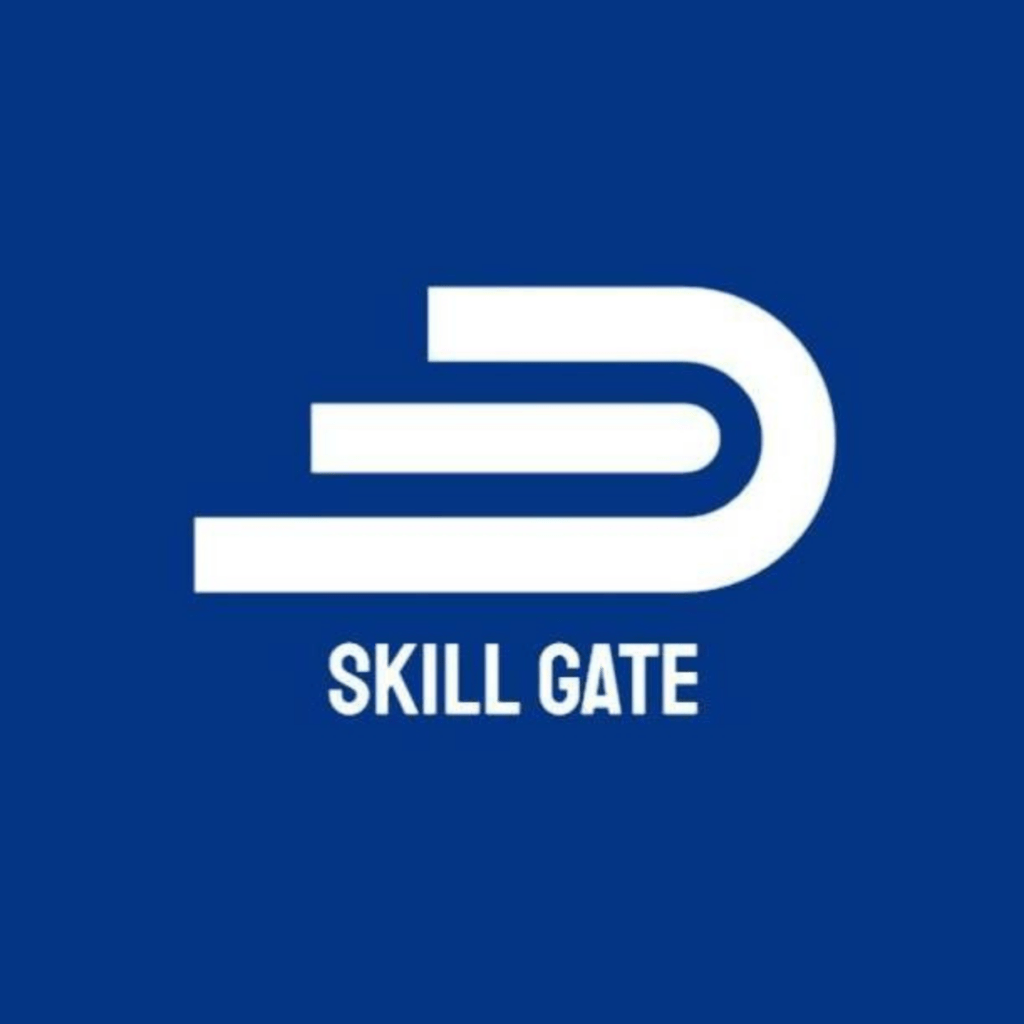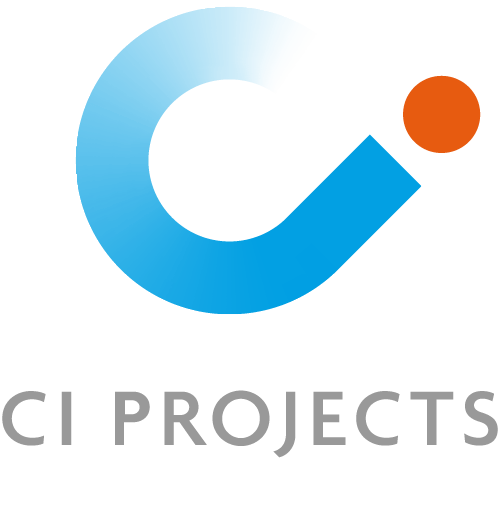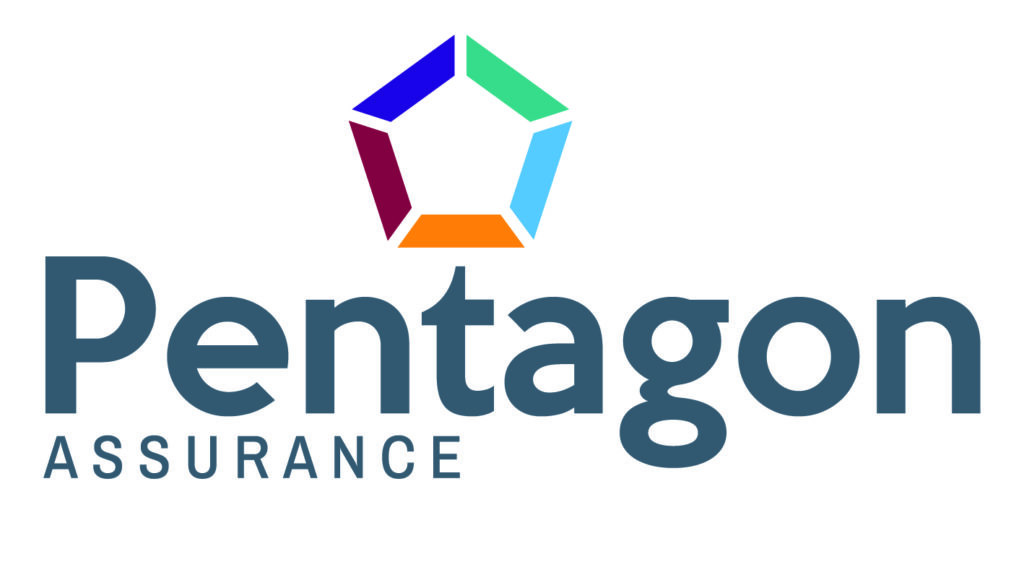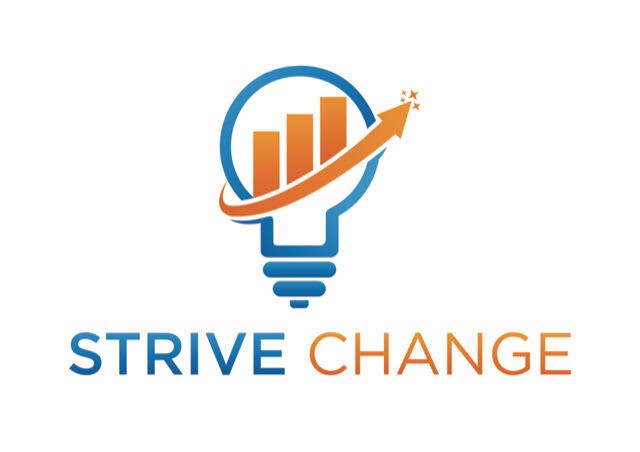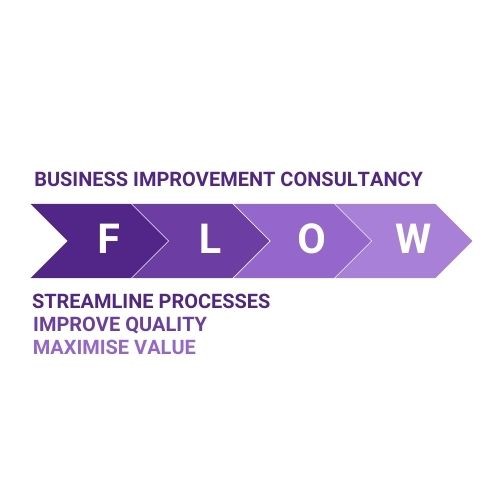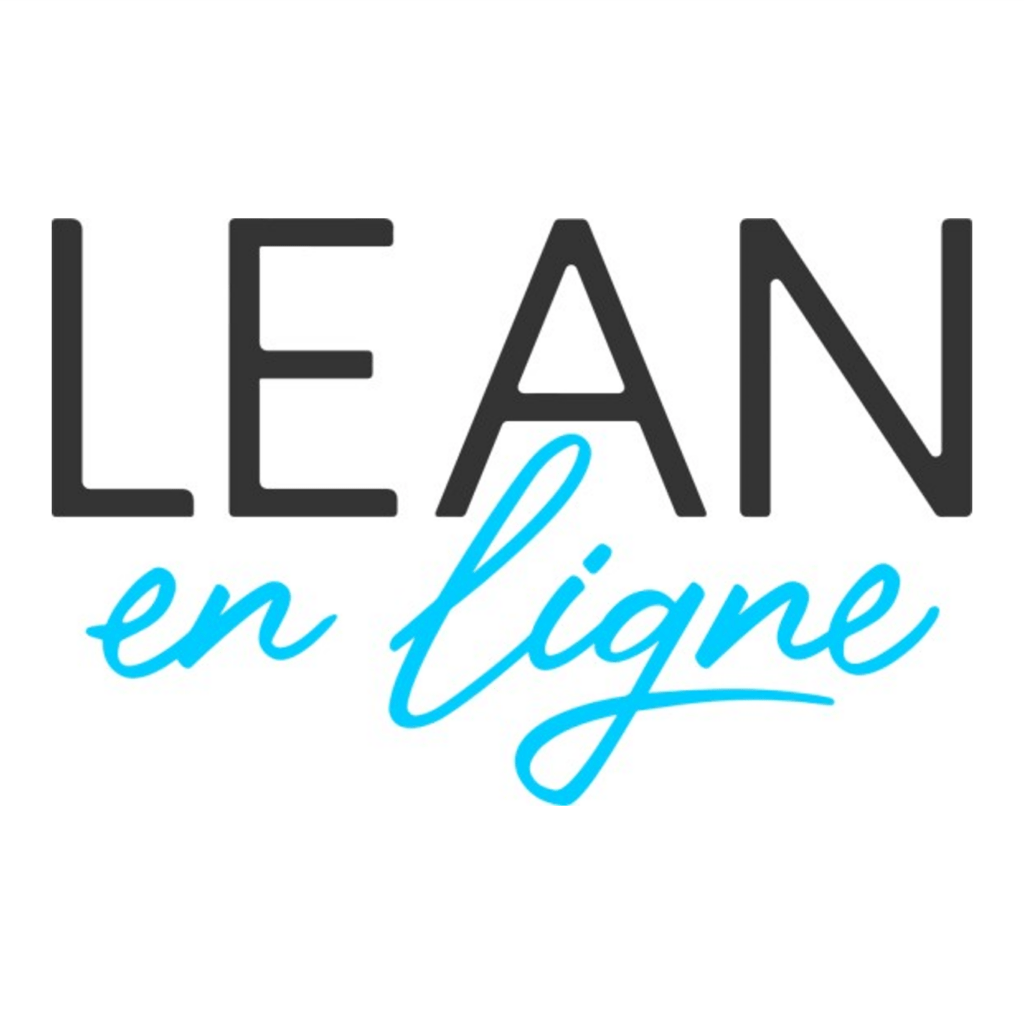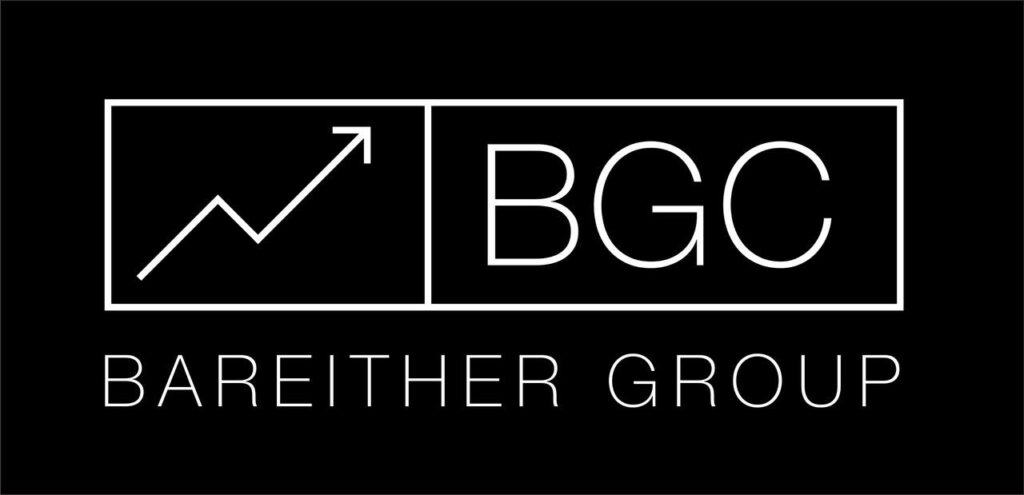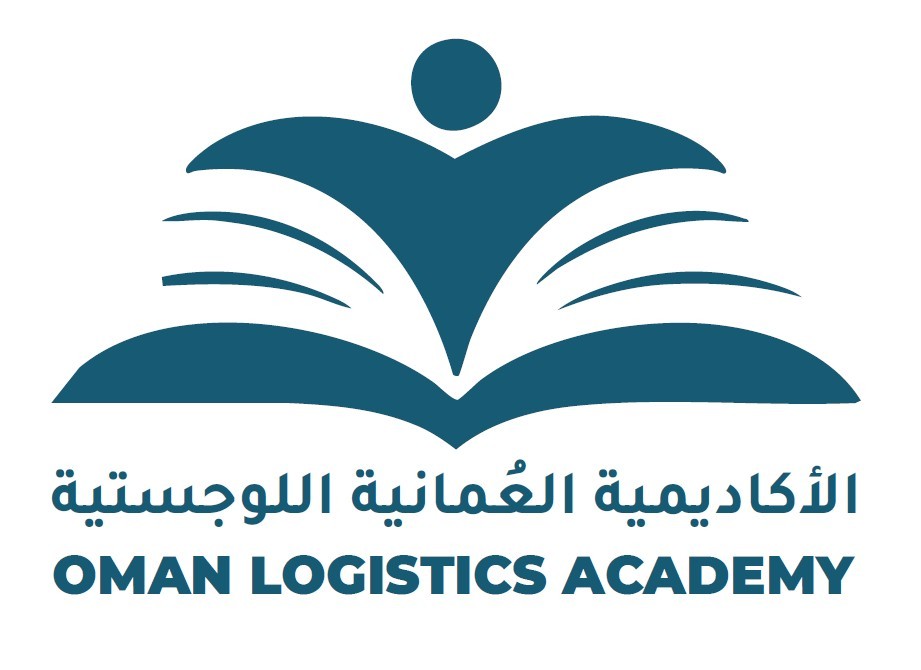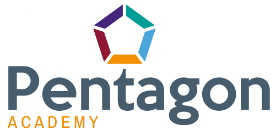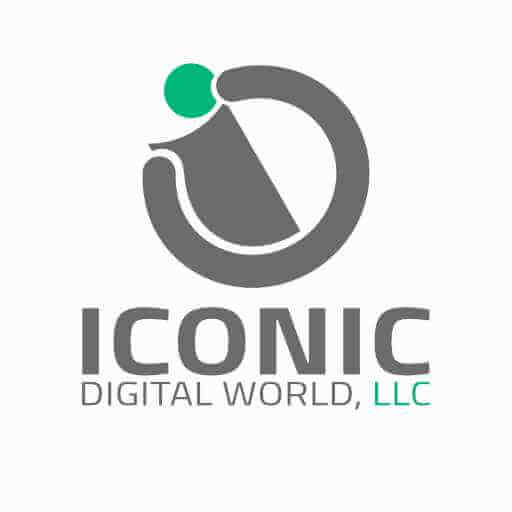LifeLab’s Lean Six Sigma Triumph: A Blueprint for Business Excellence
Introduction:
LifeLab, a pharmaceutical company in Burnley, has significantly impacted the business world, not only for its commitment to health and quality but for its groundbreaking application of Lean Six Sigma principles. They’ve used these smart strategies to become a top example of running a business well.
This blog post highlights a compelling case study that showcases how LifeLab pharmaceutical, through strategic initiatives and robust analysis, achieved a staggering £600k increase in annual turnover and doubled its net profit, setting a new standard in operational excellence.
LifeLab: A Vision of Excellence
LifeLab’s ethos is deeply rooted in the belief that quality health solutions should be accessible to all. Operating with unparalleled scientific rigor, honesty, and integrity, LifeLab has redefined the standards of product supply, balancing optimal affordability with exceptional quality. This commitment extends beyond their product line to every aspect of their operations.
LifeLab knows communication with customers is key in this business. They’re all about great service and top-notch products. They have some big-time approvals that show their pharmaceutical supplements are safe and of the best quality. With LifeLab, you get reliable supplement making without any shortcuts or low-quality stuff.
Lean Six Sigma Project at LifeLab
The journey began with Ashley Wooding, the Purchasing Manager, and Roman Sekowski, the Production Manager, participating in a Business Excellence program. Their goal was to make things better in two main areas: how they manage their stock and the final steps in making their products.
So, they embarked on projects targeting Stock Management and the Finished Product line, receiving extensive training and on-site support. To get this done, they went to special training sessions held at different places. These training sessions happened four times and spread over six months. The team utilized the D.M.A.I.C. (Define, Measure, Analyze, Improve, Control) process to meticulously gather data, creating a comprehensive understanding of the existing operational framework. While they were doing this, they also got a lot of help from the team at their workplace. This team helped them analyze their work in a way that focuses on making things leaner and more efficient.
The DMAIC Approach:
The heart of their project was the DMAIC (Define, Measure, Analyze, Improve, Control) process. Data gathering activities were set up across multiple business points, employing tools like value stream maps and work-study charts. This holistic approach helped us understand the current operational state and identify areas for improvement.
Key Challenges and Strategic Solutions
LifeLab faced several operational challenges, including:
- Bottlenecks due to two-floor levels and overproduction.
- Time inefficiencies in machine changeovers and high magnesium content product processing.
- Ineffective handling of work-in-progress (WIP) and consumables.
- Disorganized stock management affects production continuity.
Through targeted mini-projects, the team tackled these issues. They optimized staff break times, streamlined WIP movement, improved transportation activities for encapsulation, and refined magnesium production processes. These initiatives led to remarkable improvements, such as a 17% increase in production time, a significant reduction in material movement waste, and a 40% increase in magnesium production output.
Implementing Business Improvements
The implementation phase saw significant changes in operations. Notable improvements included optimizing staff break times, resulting in a 17% increase in production time. A comprehensive analysis of material movement revealed that 90% was wasteful, leading to process re-engineering that saved hundreds of hours annually. Additionally, modifications in the Magnesium production process and capsule size management led to increased yields and reduced manufacturing time loss.
The warehouse was overhauled, including introducing 5S activities, SWOT analysis, kanban systems, and new racking. This restructuring significantly improved stock rotation and order fulfillment efficiency. Looking ahead, the team is focusing on further refining their processes in areas like label management, capsule management, and ERP system optimization.
Tangible Benefits and Achievements at LifeLab
The meticulous work by Roman and Ashley has been nothing short of extraordinary. Utilizing a wide array of Lean tools, they have doubled productivity on certain lines, increasing capacity by an average of £50k per month. Dispatch efficiency on fast-moving lines soared by 130%, a testament to their dedication and skill.
In conclusion, LifeLab’s story is an inspiring example for CEOs, business owners, and professionals worldwide. It’s a narrative of turning challenges into opportunities and inefficiencies into triumphs, all through the lens of Lean Six Sigma. This study serves as a blueprint for businesses aiming to achieve operational excellence and set new benchmarks in their respective industries.
References:
- For an in-depth understanding of LifeLab and their services, visit their official website: LifeLab.
- The insights and analysis on LifeLab were further enriched by a case study conducted by Brian A. Butler, MBA, the Owner and Lead Financial Modeler at Butler Consultants.
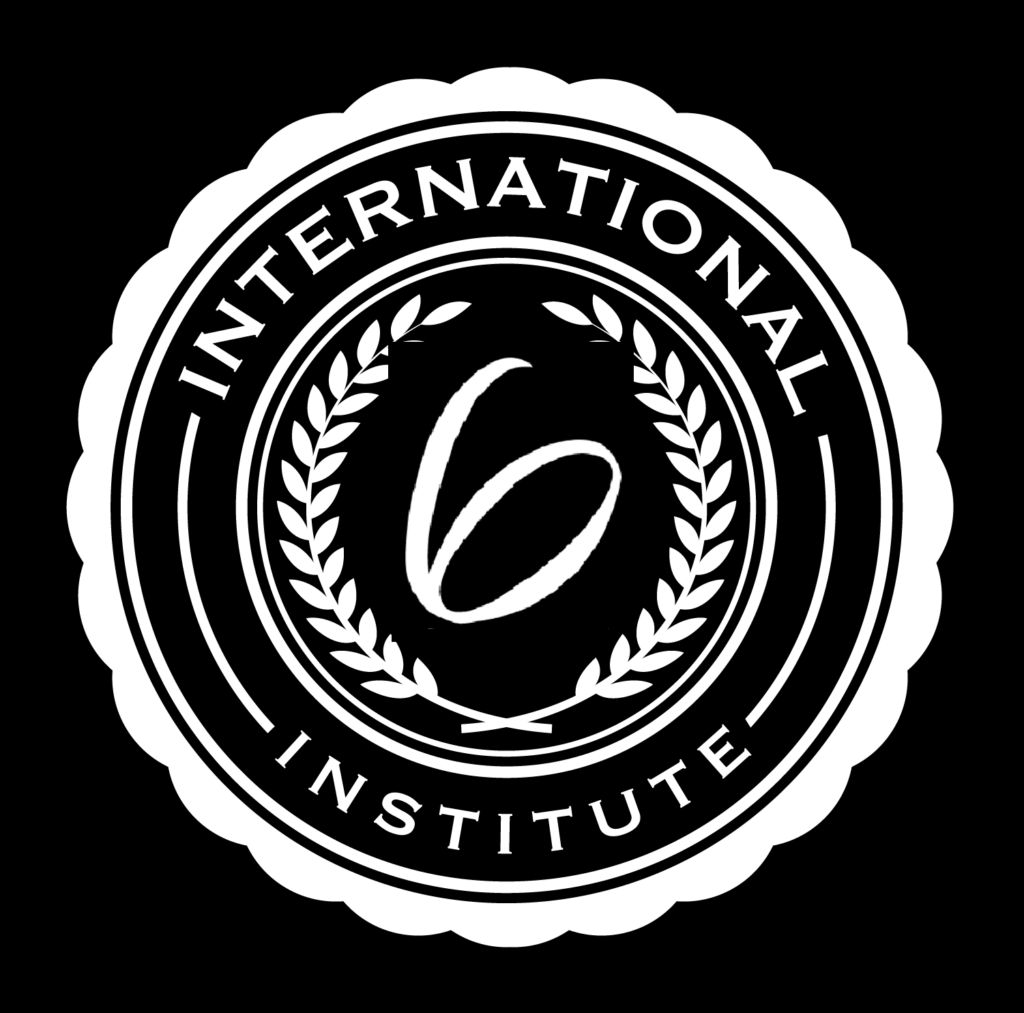




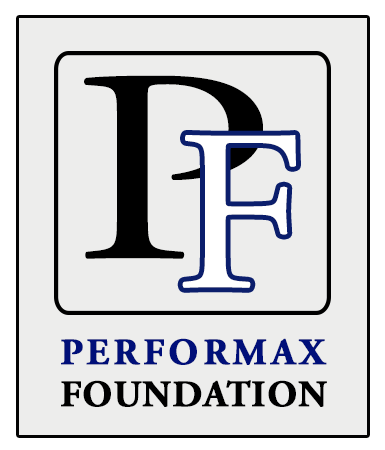








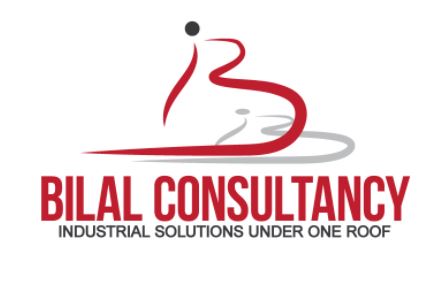





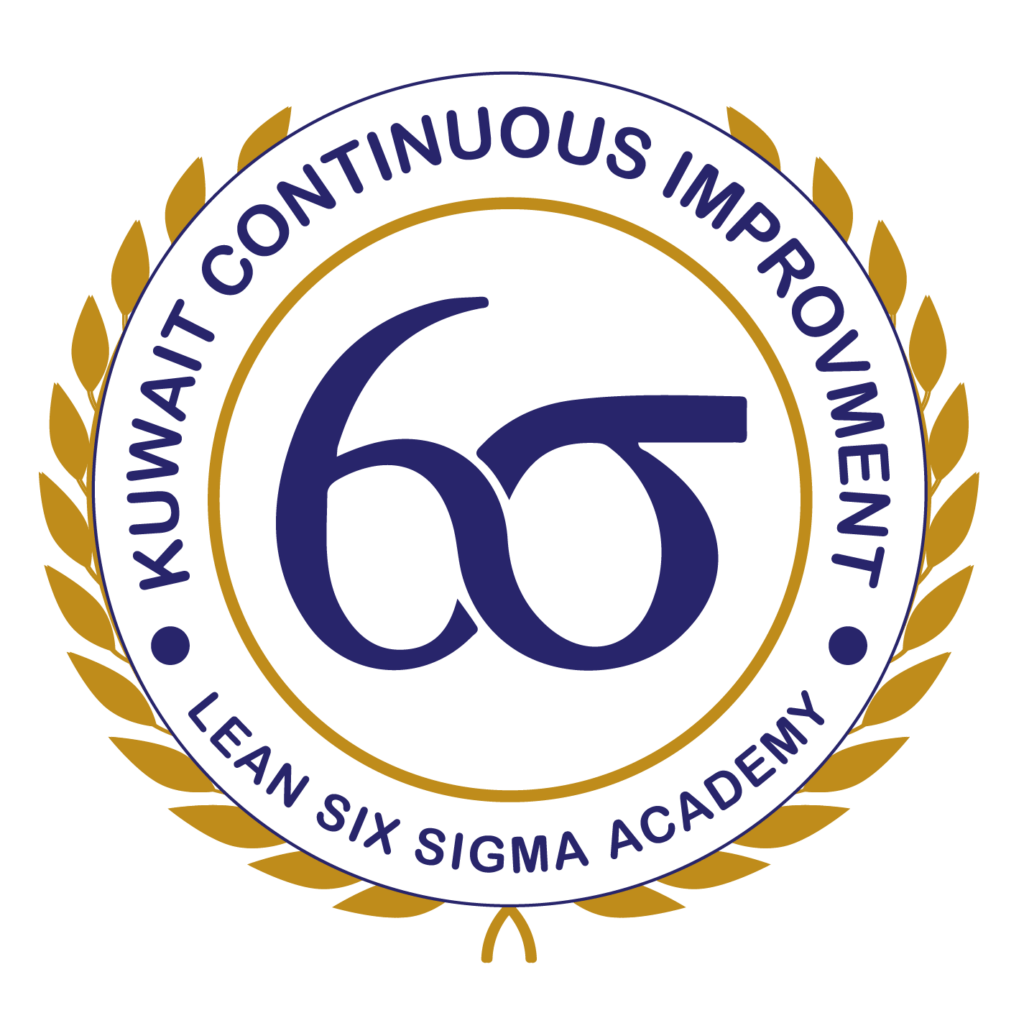

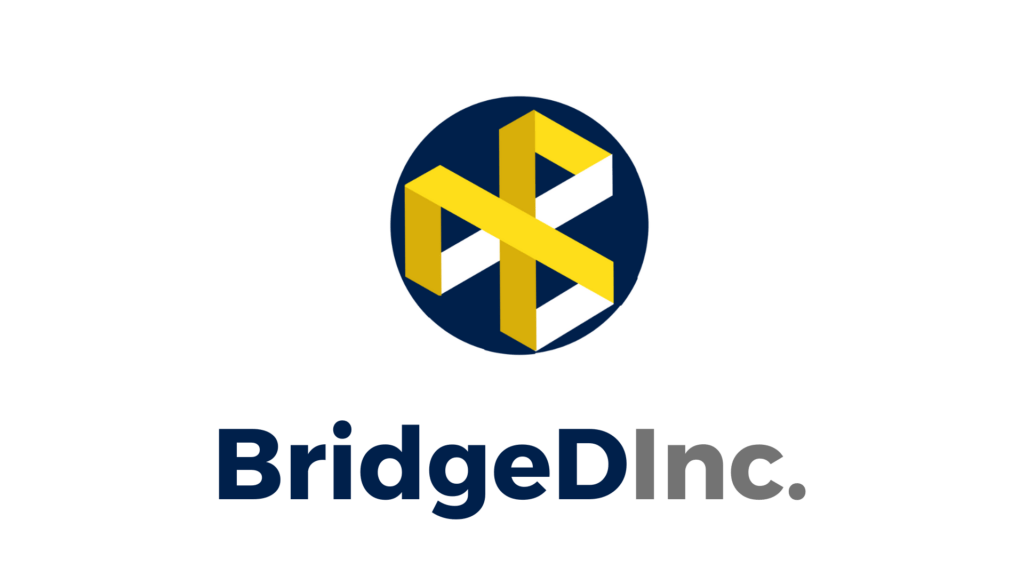

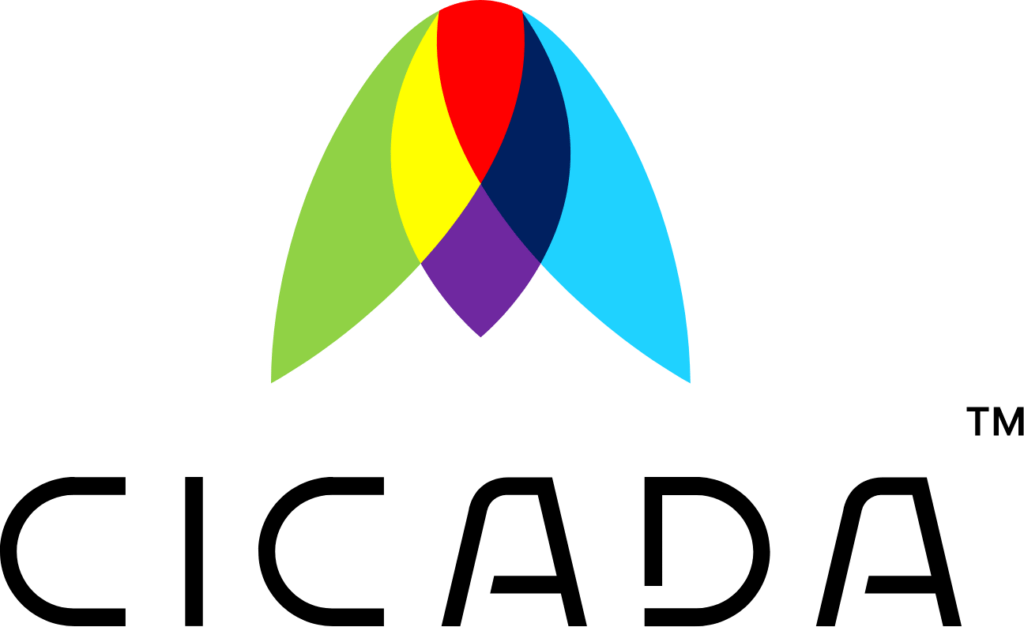
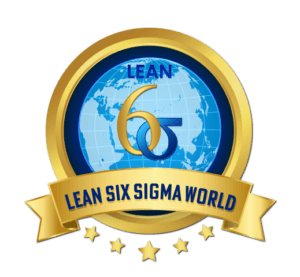
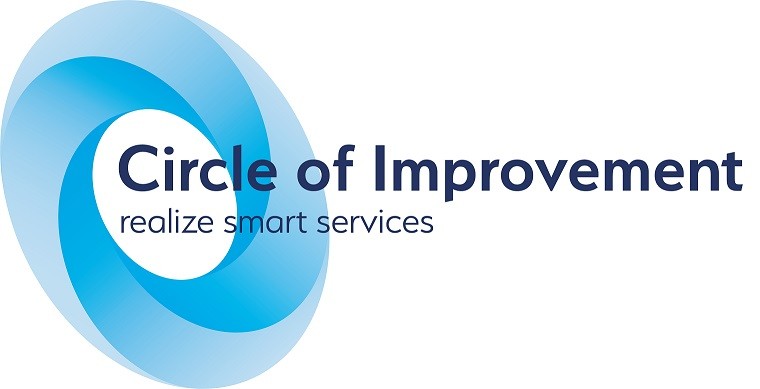



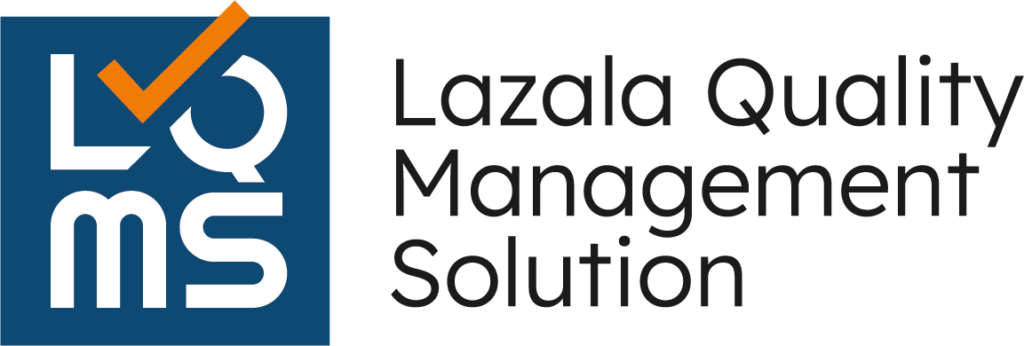

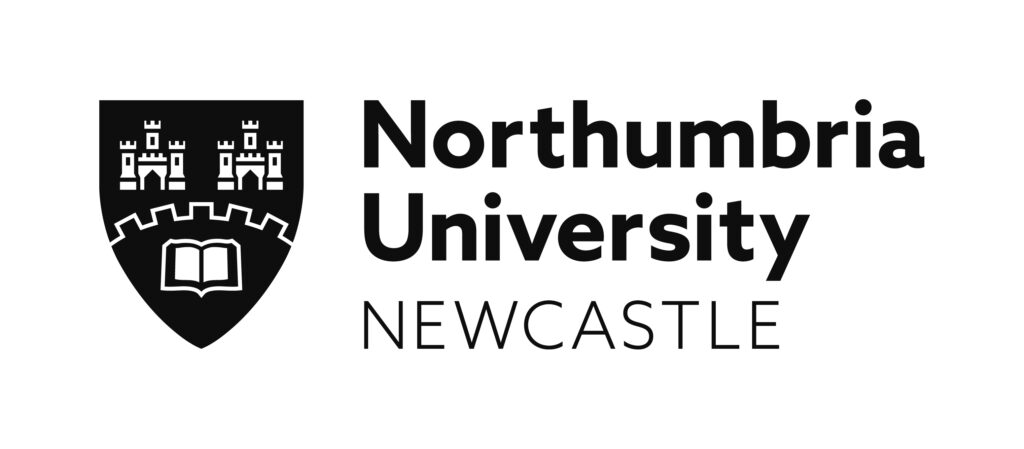
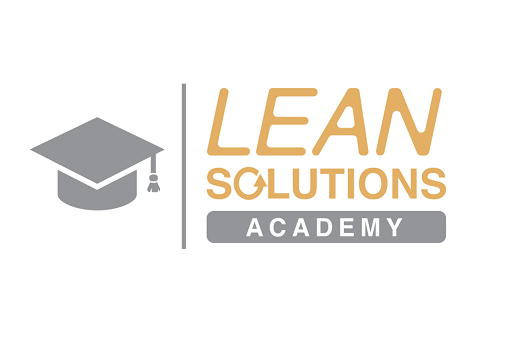





![UCOURSE.ORG [UCOURSE Academy] was established in Hong Kong in 2019 (company name: UCOURSE LTD), dedicated to providing high-quality online courses and courses for Chinese people in China, Hong Kong, and even all over the world. UCOURSE.ORG 【优思学院】于2019年成立于香港(公司名称:优思学院有限公司 / UCOURSE LTD),致力于为中国、香港、以至身处于全球各地的中国人提供优质的线上课程和考试认证,促进全国的人材培育、个人的职业发展,让学员在事业上事半功倍,同时助力国家的未来的急促发展。](https://ilssi.org/wp-content/uploads/2021/02/ucourse-logo-250.png)

